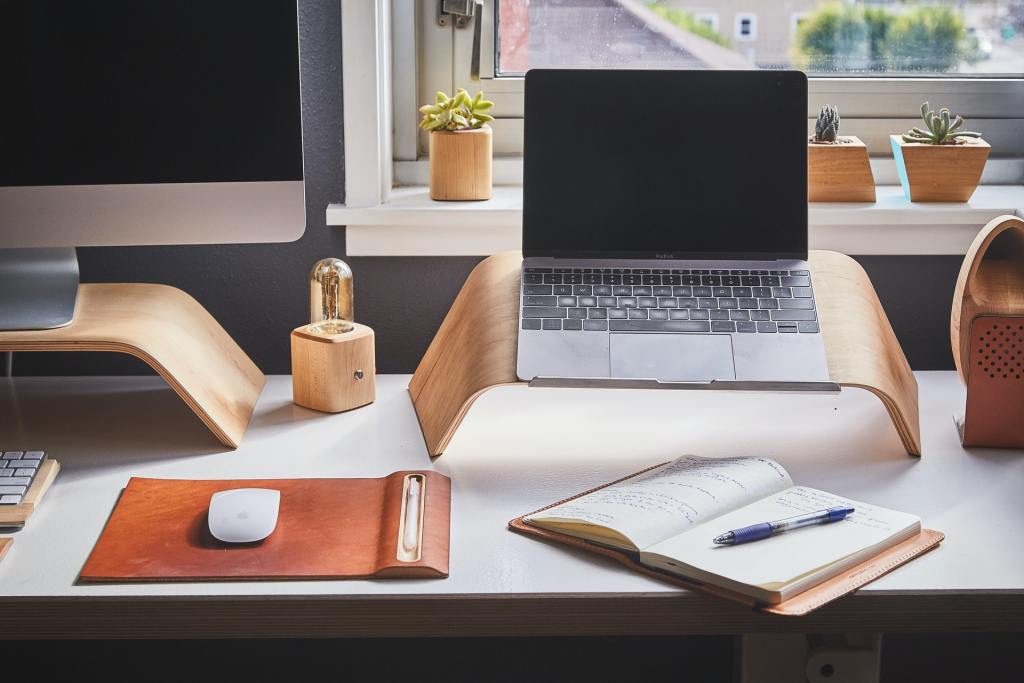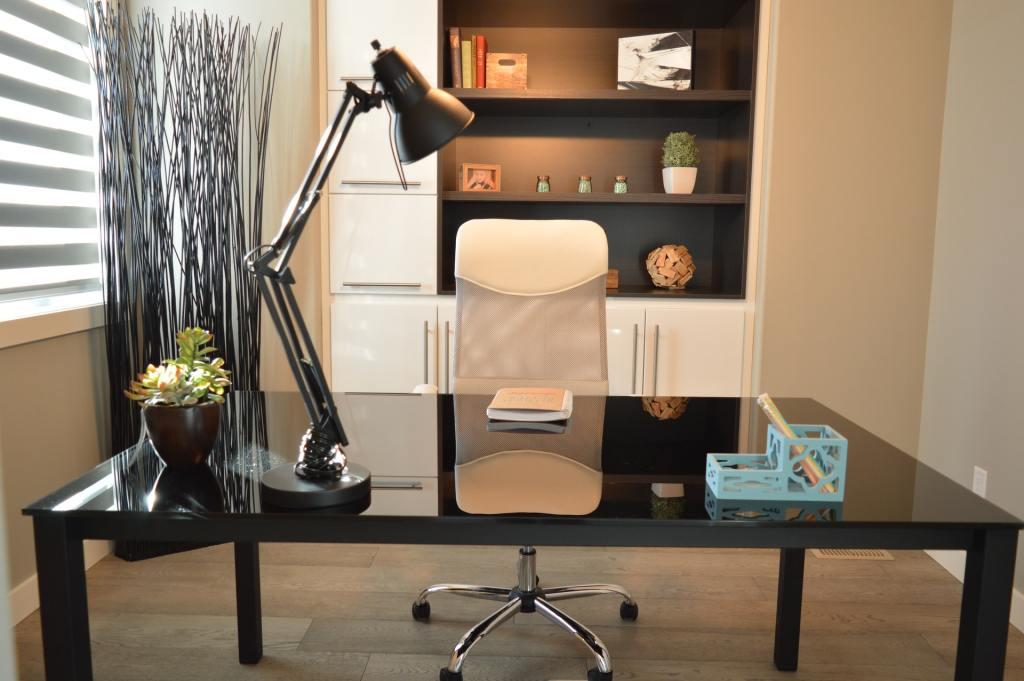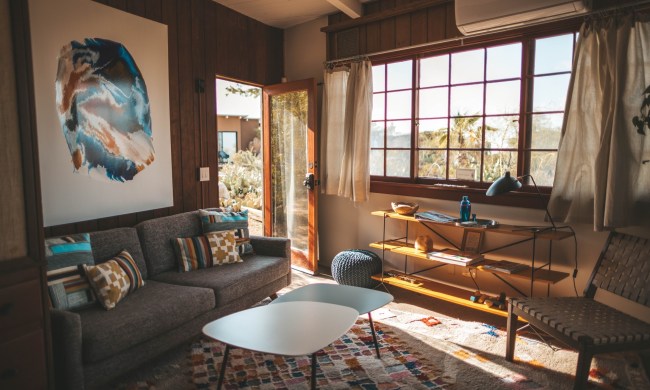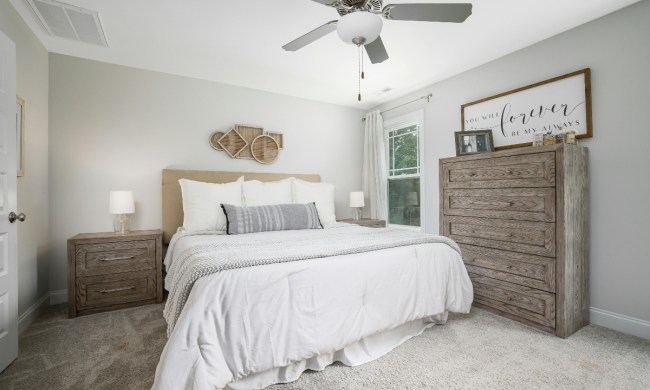
Having a serene and functional home office space is essential to maximizing productivity. Like going into a physical office outside of the home, it should help you focus and feel comfortable. Most importantly, it should be a space you enjoy spending eight hours or more every day in. The great thing about a home office is that you can personalize it to your exact specifications, so you can let your creativity flow!
Ergonomics is a priority
One priority for a home office is that you feel physically comfortable and your body is cared for. The goal of ergonomics is to maximize bodily comfort and reduce the risk of injury. It can also improve productivity because workers feel at ease in their space. Choose a comfortable office chair that promotes healthy posture. Many chairs look great aesthetically, but some find that they are not as comfortable as they anticipated after sitting in them for a few hours. Having a less than ideal chair can result in neck and back discomfort, cramping, pain, and unnecessary strain.
Keep your health and well being in mind
Equally as important is choosing a desk that fits your space but also serves the functions you need. Some people opt for standing desks, as they allow you to change position and stretch while continuing to work. They have adjustable heights and can be used for both a seated and standing position. This can prevent the sensation of pins and needles that accompanies sitting for too long.
A standing desk can also help boost your mood and productivity. According to Healthline, “In one 7-week study, participants using standing desks reported less stress and fatigue than those who remained seated the entire workday. Additionally, 87 percent of those using standing desks reported increased vigor and energy throughout the day.” So if you need some help getting through a long day and want to skip the caffeine, try a standing desk.

Desk placement is key
Laura Cerrano, a certified Feng Shui consultant in NY and LA, told MyDomaine that desk placement is key. Place your desk in a powerful position. According to MyDomaine, “She advises placing your desk in the best commanding position in your home office. According to feng shui principles, that might mean having a solid wall behind you, as well as some plants (also known as the wood element) for support.” This can make the energy flow and allow you to focus on the task at hand.
MyDomanine elaborates on the principles of feng shui, “Establishing a commanding position allows you to literally, energetically, and metaphorically see and feel who and what opportunities are approaching, explains Cerrano.” This can make you feel more in control and aware of the possibilities coming your way.

Embrace change
After working from home for over a year, you may feel like your space feels stagnant and stale. You may have abruptly put together your home office, but now that some time has passed, take a moment to rethink the layout and design that will best meet your ever-changing needs. Rearranging the furniture or adding some new small decor updates can go a long way, breathing some new life into the home office. MyDomaine states, “Your selection of decor on a subconscious level is an energetic extension of what you are attracting.”
Examples include having awards, accomplishments, or cherished photographs prominently displayed to remind you of past successes and to attract more success in the future. Another illustration is wanting to travel or have business opportunities with a specific country or region and having artwork or objects reflecting that place.
Try to organize any clutter and have a practical system for where everything belongs. Looking up to stacks of papers on your desk or disorganized bookshelves can cause a sense of chaos and low-level anxiety. So any organization tools from drawer organizers to a paper shredder can ease your mind and improve your focus. Have fun with the design, and bring in objects and colors that feel good to you. This space should reflect you as a person and what you want to communicate to others about yourself.



